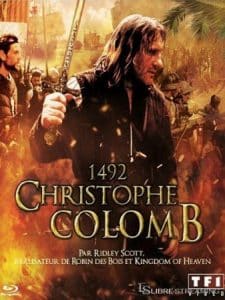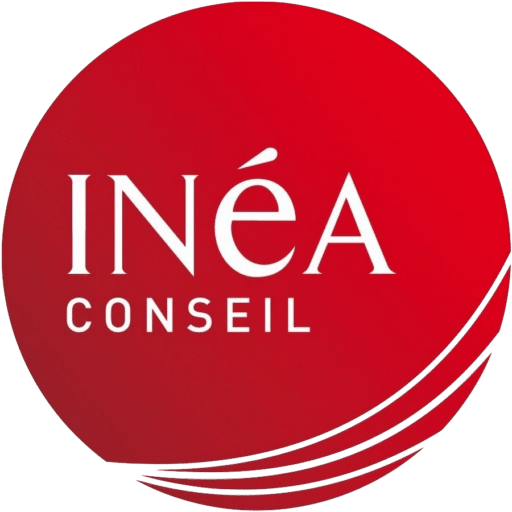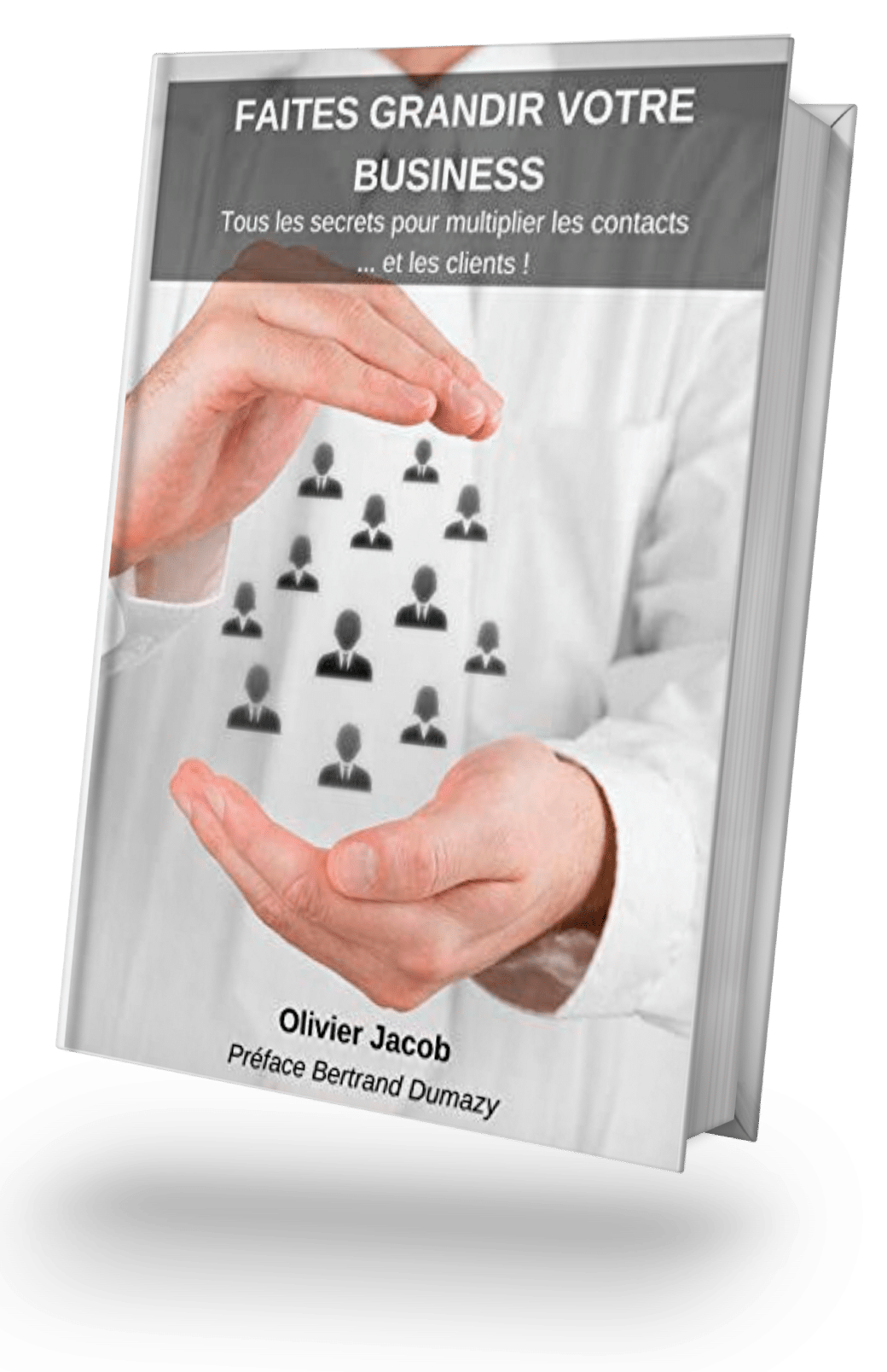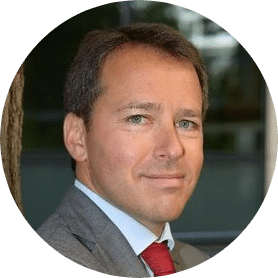Film title : 1492 Christopher Columbus
Distributor : GBVI
Year of creation : 1992
Director: Ridley Scott
Main actors : Gérard Depardieu, Sigourney Weaver, Tchecky Karyo
Length of the extract : 2'44
Start: ( "Get up, get going!")
End: ( "To tell you the truth, I thought you were younger than me.")
Film Summary:
1492 marks the end of the Middle Ages and the beginning of modern times. Historians generally choose this date for two reasons: the fall of Constantinople and the discovery of new worlds. Ridley Scott's film is dedicated to this second important event. Roselyne Bosch, the screenwriter, came up with the idea for the film while researching Christopher Columbus.
At the end of the Reconquista, the Genoese navigator succeeded in convincing the Spanish sovereigns to support him in his project of sailing westward to open a new maritime route to the Indies. The rest we know.
From a business performance perspective, it is the beginning of the film that catches the eye, especially the scenes where Columbus sells his project to the various members of the government.
Facilitation Questions:
Why does Christopher Columbus go to see the queen?
How does he try to convince her?
What makes it possible to see that she is receptive to his approach?
What can we learn from this?
The selected scene applies to the response to objection. To the principle that a no is never final. After being refused funding for his project by the government, Christopher Columbus visits Queen Isabella of Castile. In this excerpt it is a question of persuasion more than argumentation. Columbus has already defended his project publicly with concrete arguments. This time he appeals to the sensitivity of the queen. Without speaking directly about his project, he shows that his ambition is not as crazy as it seems, making a parallel between his personality and that of the queen.
On arriving Columbus sees the queen sitting at her desk. She turns her back to him. Shot on him, we understand that he is impressed. As he curtsies, she orders him to get up and get to the point quickly. She recalls that, because of the refusal of the council, the interview is wasted. She still feels the need to justify why she agreed to listen to the navigator. She keeps her back turned and does not interrupt her work. This is a way to show how little interest she has in the interview.
Soon, Christopher Columbus manages to attract the attention of the queen. He drew a parallel between the madness attributed to him and the determination she herself had shown to free Granada. She answers him by the scientific objection: the greatest scientists judged his project insane. He returns the objection with a new parallel to what affects the queen: the city of Granada. It was said to be impregnable, but events prove that this was a preconceived idea. This intervention touches her visibly because she finally agrees to turn over to speak to him. However, a new objection was raised: the council had decided. To which the navigator simply replies that she does what she wants. Under the guise of detachment, he thus appeals to the omnipotence of the queen.
By asking him how he can be trusted, she tells him that the dialogue is open. He understands this and seizes the opportunity very skillfully. He does not make the mistake of repeating to her the arguments that she has already heard, he does not speak about him, nor about his project, he speaks to her. He even allows himself to refer to her as a woman, not as a queen. It is daring, she points out to him but it is effective. He appeals to her personality and her ideals more than to her function. He also tries to make her understand that he understands her. That like him, she is ready to go beyond the conventional wisdom. He has obviously succeeded in touching her. Saying to her: "we are even then, you are the first navigator I know" is a way to let her know that she accepts the conversation as an equal. He points out to her by returning the question relating to his age. Isabella of Castile then judges that she has let the conversation go too far since she turns away again, resuming her status of queen. However the interview had the expected effect: without giving an answer she does not reformulate the refusal opposed to Columbus by his council. She tells him very formally that he will be informed of the new decision.
In this excerpt, Columbus shows us beautifully how to bounce back from a no. First of all, he changes his target and his strategy. He dares to address a decision-maker directly but his choice is targeted. It is the one he has judged to be the most likely to understand him. He therefore presents himself in a posture detached from the objective. He only comes to talk to his client. Even if the objective is clear, he deflects objections in the most effective way: he talks to her.





